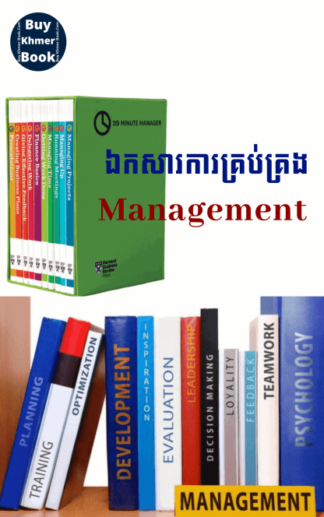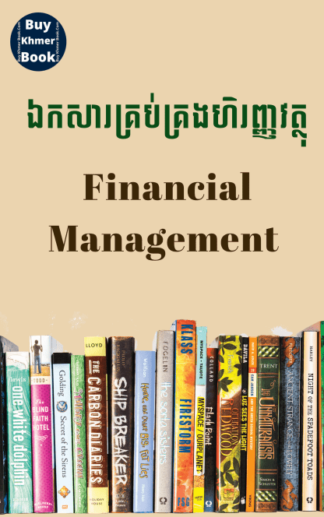Writing reviews of books can be a rewarding experience for both the reviewer and the audience. It is not just about summarizing plots or pointing out the strengths and weaknesses of a book; it is an opportunity to connect with other readers and share perspectives. By utilizing effective writing tips, reviewers can create content that resonates with their audience.
Constructive criticism plays a significant role in the review process. It allows writers to express their opinions while fostering a sense of respect for the author’s efforts. Offering thoughtful insights rather than harsh judgments can encourage healthy discussions and reader engagement.
To create compelling book reviews, one must consider the balance between personal opinion and objective analysis. Engaging writing can bring a review to life, inviting readers to explore books in a new light. By focusing on these practices, aspiring reviewers can enhance their craft and contribute meaningfully to the literary community.
Choosing the Right Approach: Analytical vs. Emotional Reviews
Book reviews can take many forms, but two dominant styles are analytical and emotional. Each approach serves its own purpose and caters to different reader needs. Understanding these two styles can help enhance reader engagement and guide you in writing effective critiques.
Analytical reviews focus on dissecting the elements of a book–plot structure, character development, themes, and writing style. This method allows for a deep dive into what makes a book tick, offering readers insights into the author’s craft. Providing constructive criticism is key here; it helps readers recognize strengths and weaknesses beyond personal preferences. Incorporating writing tips that highlight the technical aspects can resonate well with those seeking an in-depth understanding.
On the other hand, emotional reviews tap into the feelings elicited by the book. This approach emphasizes personal reactions, memorable passages, and the impact on the reader’s life. Such reviews often create a connection with potential readers, inviting them to envision their own experiences with the story. They can be powerful tools for engagement, as they convey the heart behind the written word. Be mindful of expressing genuine feelings while still offering thoughtful commentary.
Ultimately, the choice between analytical and emotional reviews should reflect your personal style and the specific book you are reviewing. Combining aspects of both can also yield unique insights that appeal to a broader audience. For more insights on engaging reviews, check out https://bound4escape.com/.
Structuring Your Review: Key Elements to Include for Maximum Impact
Creating an impactful book review requires careful structuring. Begin with a brief introduction that captures the reader’s interest, providing the title and author along with a compelling hook about the book’s premise or your personal connection to it.
The next segment should focus on the review criteria. Discuss key aspects such as plot development, character depth, themes, and writing style. Use specific examples from the text to illustrate your points. This approach not only enhances the credibility of your review but allows readers to gain a clearer understanding of the book.
Incorporate constructive criticism by highlighting both strengths and weaknesses. A balanced perspective encourages an informed opinion and respects the author’s efforts, while also guiding potential readers. Offer insights into what could be improved or what might not resonate with everyone, fostering a discussion around the book.
Conclude your review with a summary of your thoughts and an overall rating, if applicable. This final section should encapsulate your feelings toward the book, reiterating your main points while motivating readers to explore the work themselves. Writing tips suggest that leaving the audience with a question or reflection can also enhance their engagement.
Engaging Your Audience: Techniques for a Conversational Tone
Creating an inviting and relatable tone is key to reader engagement in book reviews. A conversational style not only draws readers in but also encourages them to connect more deeply with your insights. Here are some techniques to incorporate this approach:
- Use Personal Anecdotes: Share a brief story about your experience with the book or how it affected you. This makes the review feel more personal and relatable.
- Ask Questions: Engage your audience by posing questions throughout your review. This strategy invites them to consider their own responses and feelings about the book.
- Informal Language: Utilize a friendly tone; avoid overly formal language. Words that feel natural will create a comfortable reading atmosphere.
- Use Humor: If appropriate, light-hearted comments or amusing observations can keep your review enjoyable and entertaining.
- Direct Address: Speaking directly to the reader with phrases like “You might find…” or “Have you ever wondered…” creates a personal connection.
In addition to these techniques, providing constructive criticism helps foster trust with your audience. Briefly highlight review criteria that influenced your perspective, ensuring readers understand the insights you offer. This blends engagement with meaningful analysis, enhancing the overall impact of your review.
_ខាងក្រោមនេះជាសៀវភៅនិងឯកសារសម្រាប់ការងារនិងរៀនគ្រប់ប្រភេទ៖
-
Uncategorized (130)
-

កម្មវិធី QuickBooks រៀបចំដោយ ACCA, MBA, Tax Agent..បន្ទាប់ពីទិញ អានមិនយល់អាចសួរបាន /ទាក់ទងទិញ 093 646 646 (32)
-

ការគ្រប់គ្រង (Management) រៀបចំដោយ ACCA, MBA, Tax Agent..បន្ទាប់ពីទិញ អានមិនយល់អាចសួរបាន /ទាក់ទងទិញ 093 646 646 (67)
-

ការធ្វើទីផ្សារ (Marketing) រៀបចំដោយ ACCA, MBA, Tax Agent..បន្ទាប់ពីទិញ អានមិនយល់អាចសួរបាន /ទាក់ទងទិញ 093 646 646 (20)
-

គណនេយ្យ (Accounting) រៀបចំដោយ ACCA, MBA, Tax Agent..បន្ទាប់ពីទិញ អានមិនយល់អាចសួរបាន /ទាក់ទងទិញ 093 646 646 (215)
-

គ្រប់គ្រង់ហិរញ្ញវត្ថុ (Finance) រៀបចំដោយ ACCA, MBA, Tax Agent..បន្ទាប់ពីទិញ អានមិនយល់អាចសួរបាន /ទាក់ទងទិញ 093 646 646 (42)
-

ធនាគារនិងគ្រឹះស្ថានហិរញ្ញវត្ថុ (Banking & Financial Institution) រៀបចំដោយ ACCA, MBA, Tax Agent..បន្ទាប់ពីទិញ អានមិនយល់អាចសួរបាន /ទាក់ទងទិញ 093 646 646 (6)
-

ពន្ធដារ (Cambodia Tax) រៀបចំដោយ ACCA, MBA, Tax Agent..បន្ទាប់ពីទិញ អានមិនយល់អាចសួរបាន /ទាក់ទងទិញ 093 646 646 (79)
-

សវនកម្ម (Audit ) រៀបចំដោយ ACCA, MBA, Tax Agent..បន្ទាប់ពីទិញ អានមិនយល់អាចសួរបាន /ទាក់ទងទិញ 093 646 646 (41)







